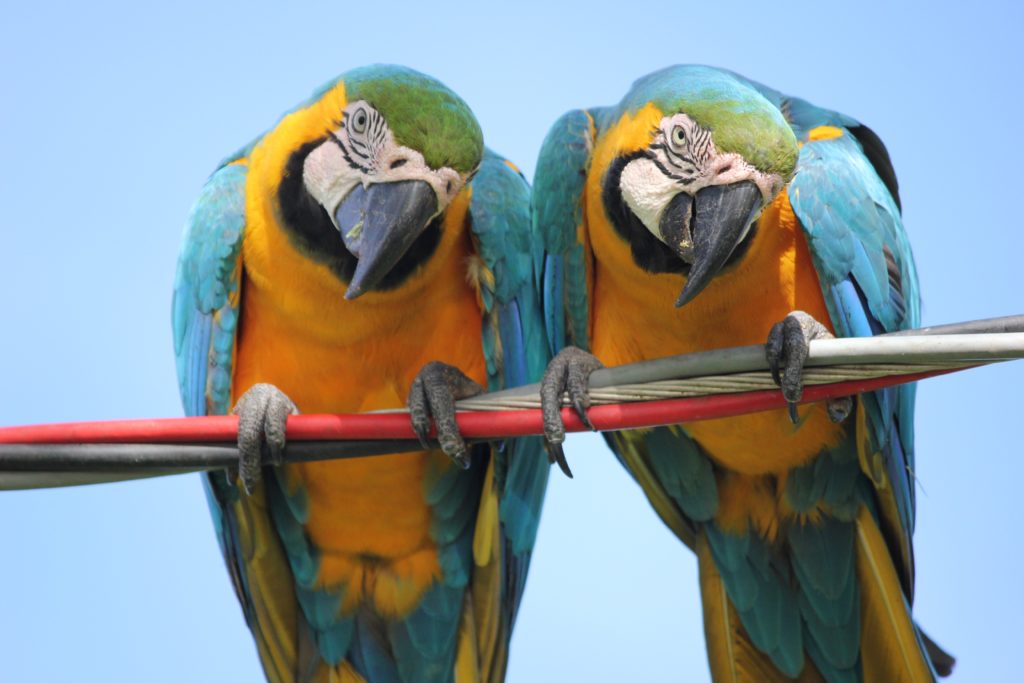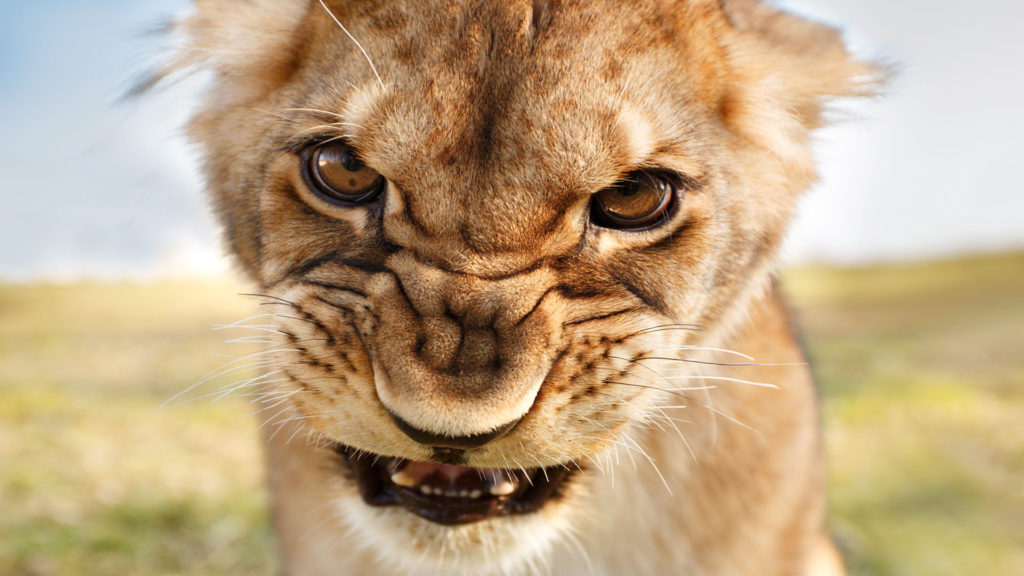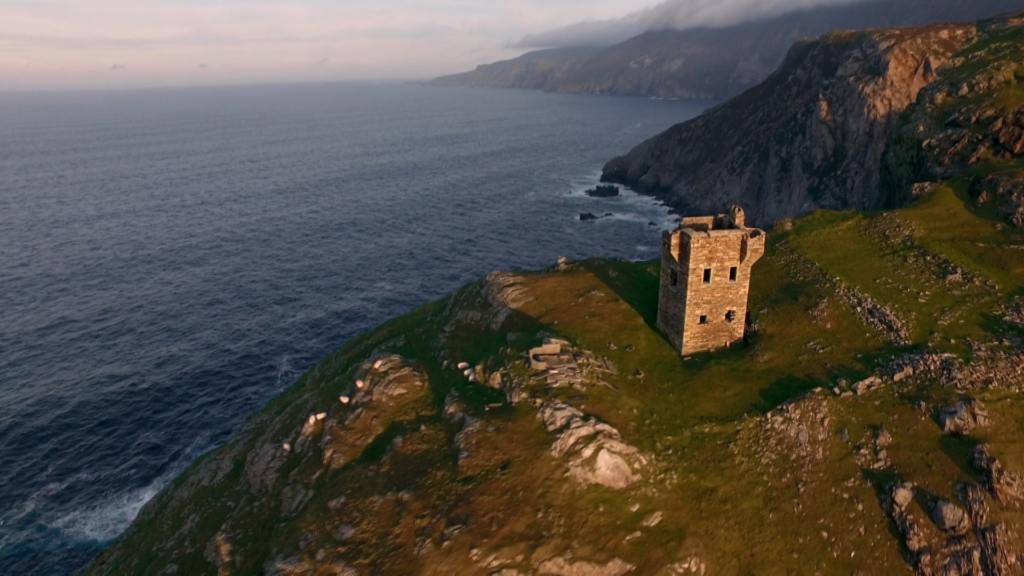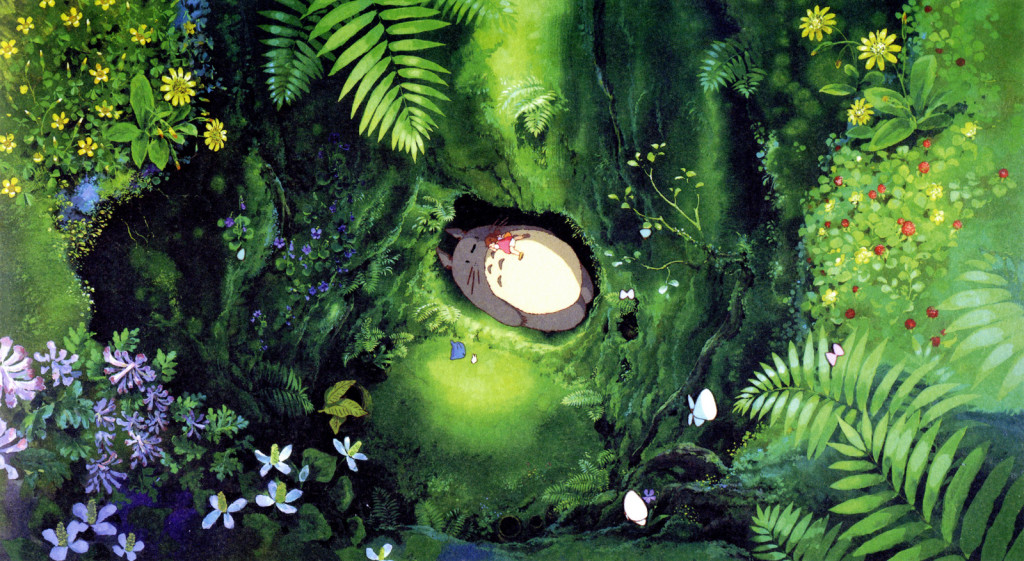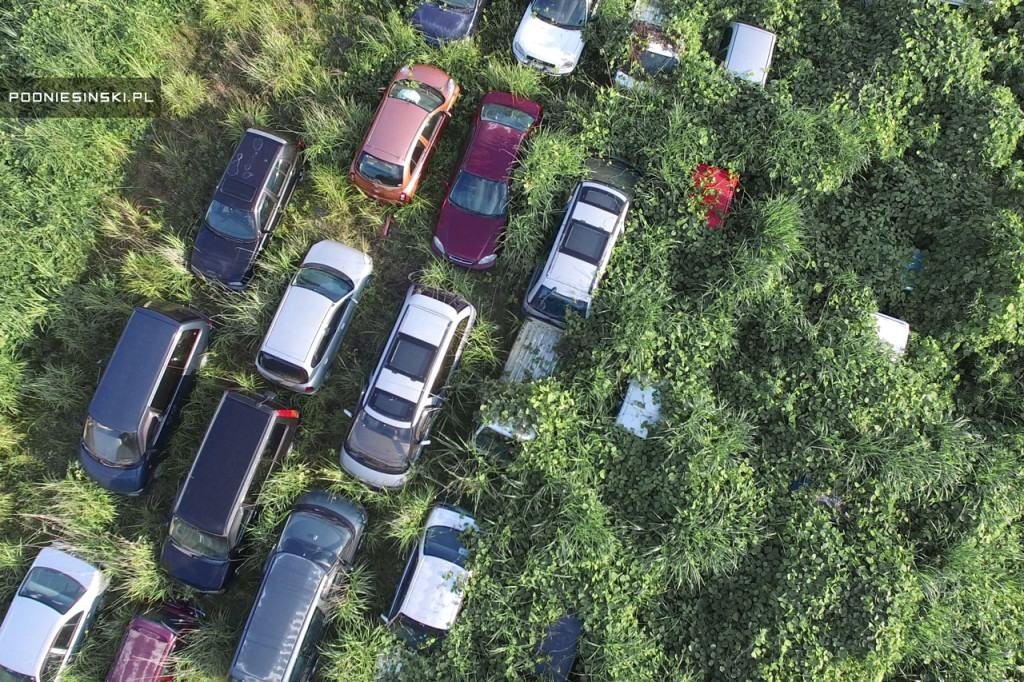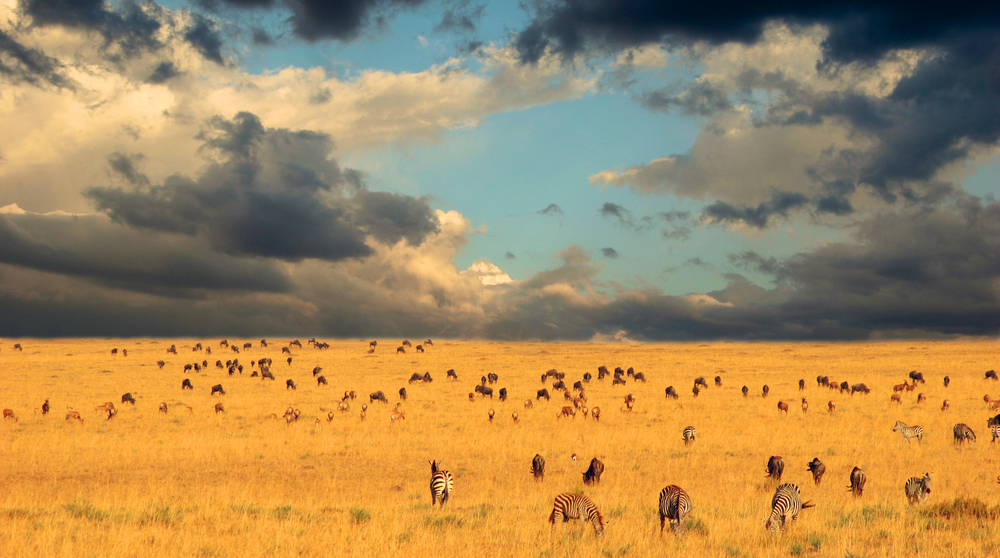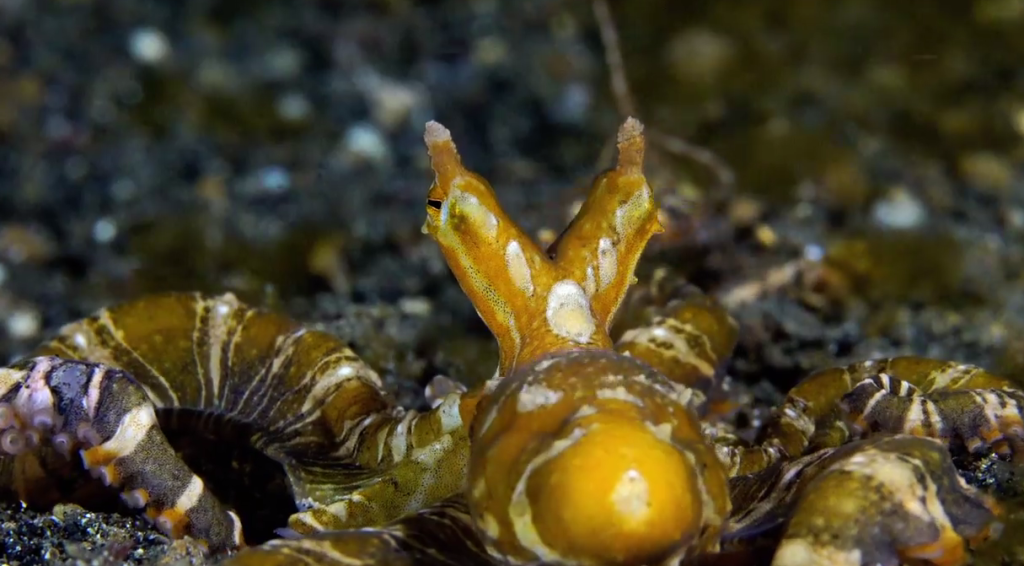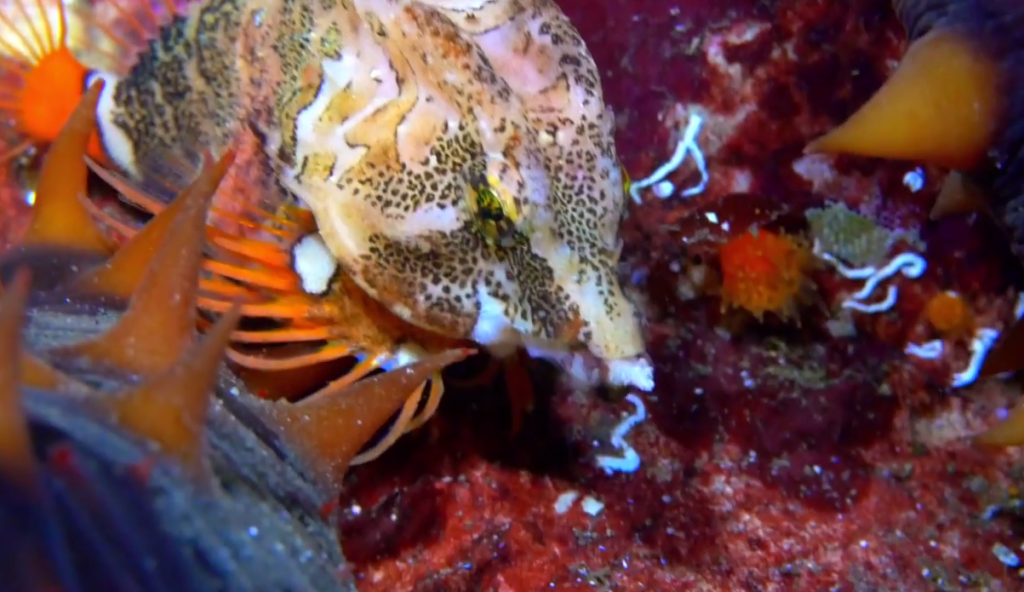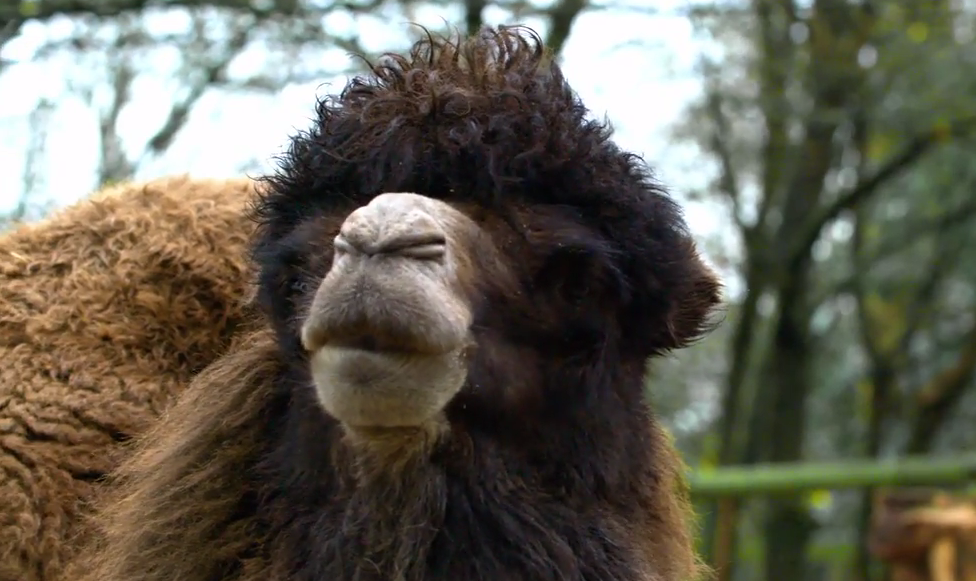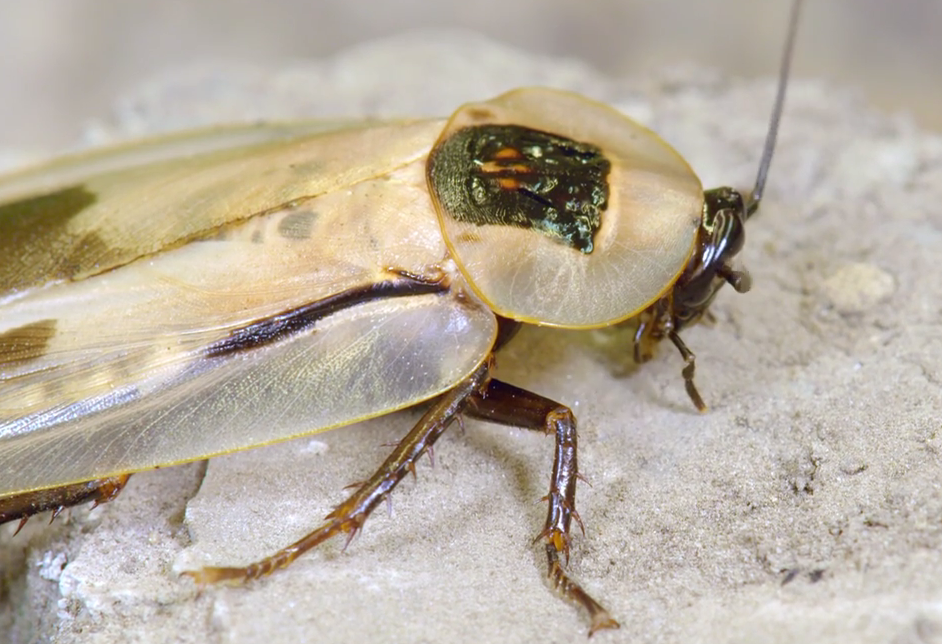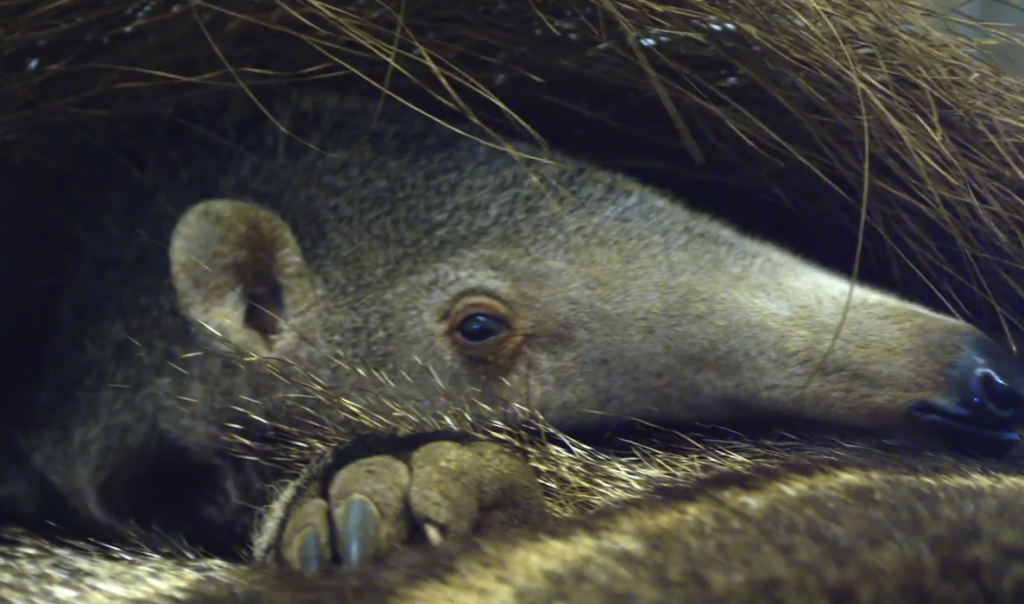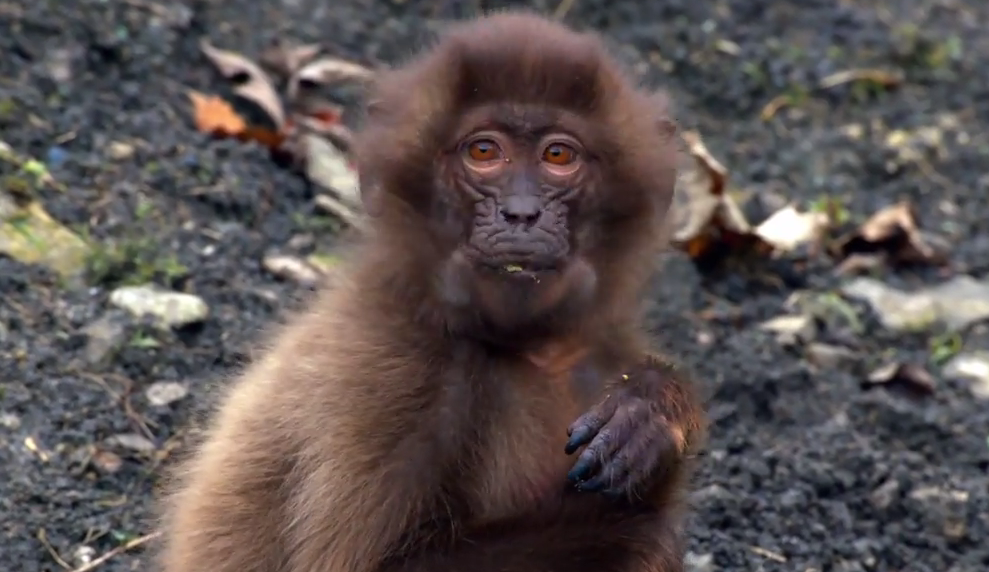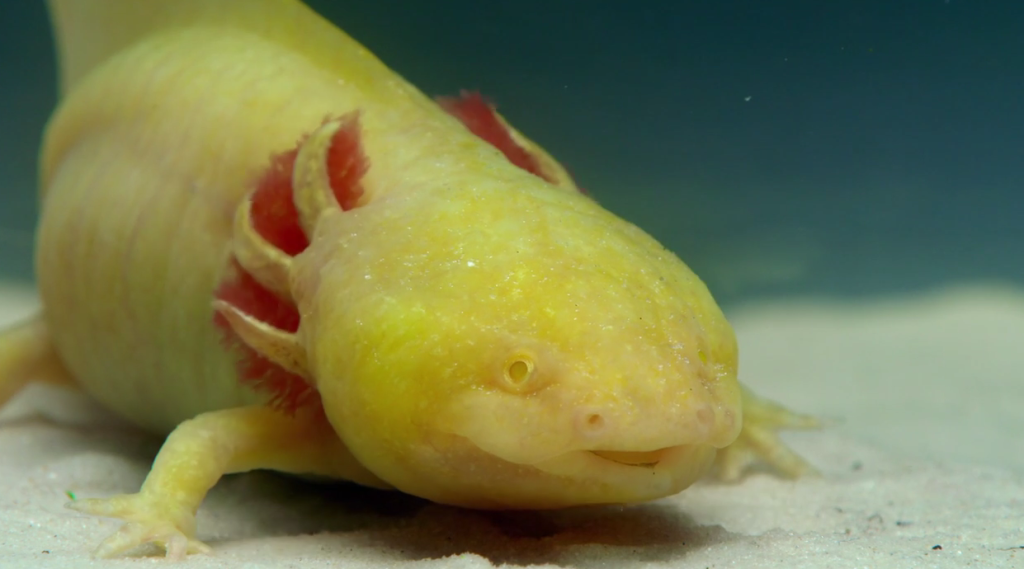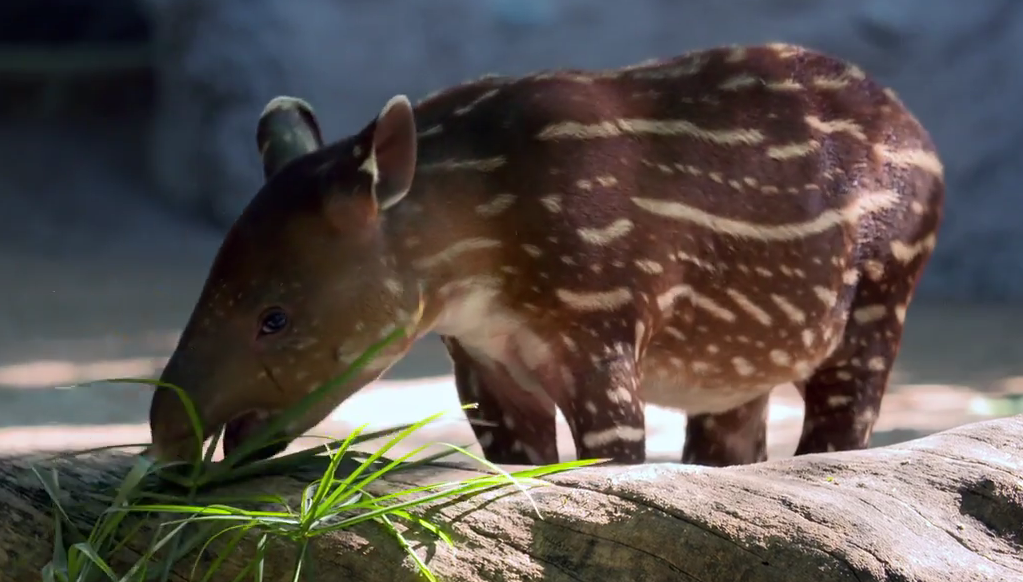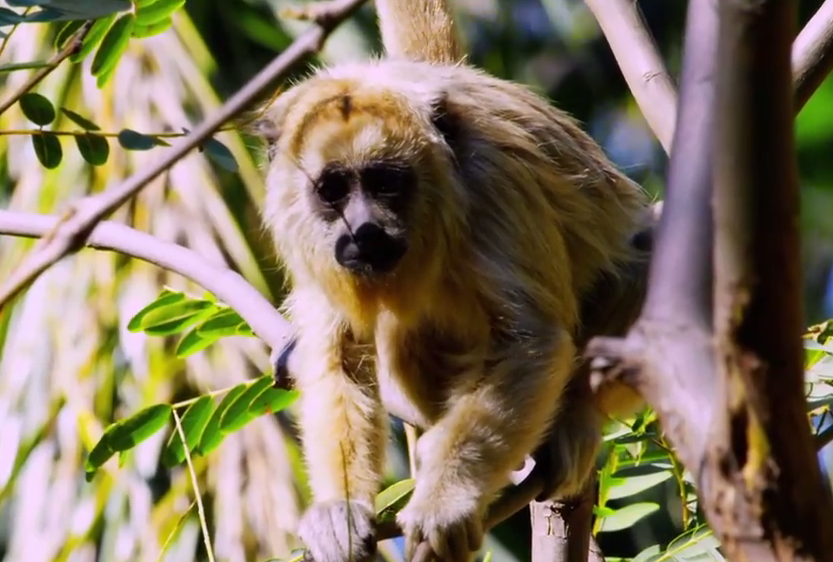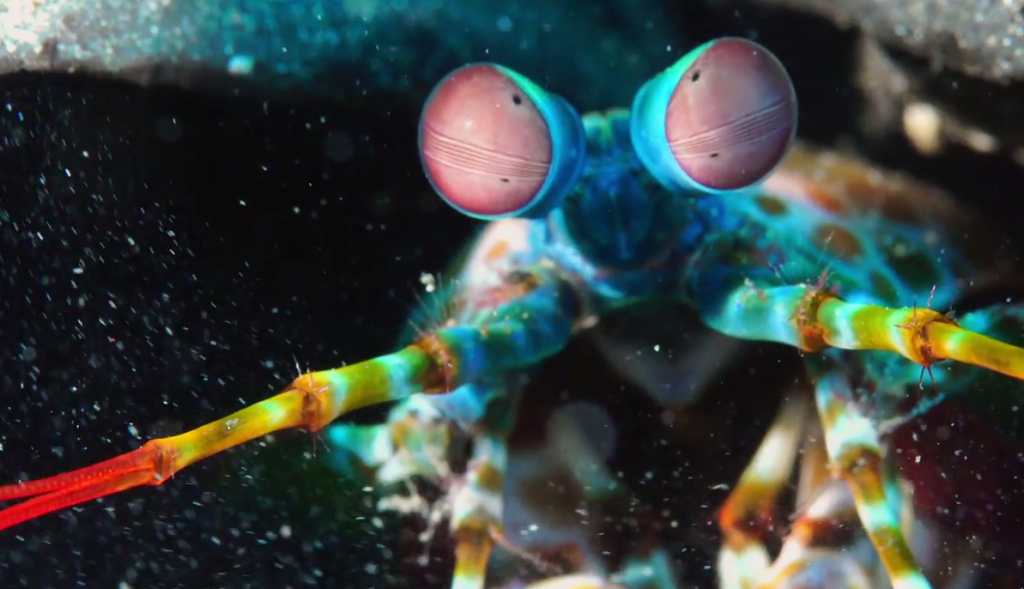Dandelion: The Plant That Conquered The World
This master engineer uses advanced aerodynamics to conquer vast territories. This is the Dandelion.
Parrots are not pets
Their beautiful colours and exotic good looks have made parrots a popular pet throughout history. Unfortunately many parrots are abandoned or put up for adoption by their owners every year, leading many to parrot rehab. What is parrot rehab? Parrot rehabilitation centres can be found all around the world. They care for parrots that have … Continued
These photographs are the antidote to sad nature stories everywhere
The Internet can be a dark and depressing place full of soul-sucking stories and gloomy Guses. Thankfully a popular Reddit page brimming with amazing shots of animals and nature has become the antidote to all of that angst… and we can’t look away. 🔥 Elephant Love 🔥 from r/NatureIsFuckingLit Nature Is Fucking Lit (NIFL) kicked … Continued
Ireland’s landscapes have been carved out by mythical forces
Ireland is a small country, and yet it’s known for being both culturally rich and naturally gorgeous. While sitting elbow-to-elbow with the locals in a tiny pub is an essential part of the Irish experience, so is getting out into the countryside to take in landscapes that feel almost impossibly massive. This is a country … Continued
These amazing Ghibli gifs show off the eye-popping beauty of nature like you've never seen it before
Every Friday we feature the work of an artist, photographer or illustrator who we feel really encapsulates the love for nature we champion. So who better to feature this week than two of the most renowned illustrators of all time—Isao Takahata and Hayao Miyazaki, of the world famous Japanese animation house Studio Ghibli. If you’ve ever watched a … Continued
Best destinations to experience nature in the dead of winter
If you’re not the snowboarding or skiing type, it might be tempting to batten down the hatches and snuggle up inside with a mug of hot chocolate during the colder months. However, don’t let the frosty weather fool you; this is the best time of year for viewing some of Earth’s most curious animals. Here are … Continued
Nature fights back: 8 abandoned places reclaimed by the wild
We don’t have to wonder what the world might look like if humans were to go extinct, leaving behind the ruins of our civilizations to be retaken by nature. Hundreds of abandoned sites around the world give us a glimpse of what would happen after our own potential demise, with trees, vines and all manner … Continued
5 amazing spectacles of nature
As the enigmatic Jeff Goldblum once said in the iconic 90s cinema classic Jurassic Park: ‘life finds a way’. No matter how hard the challenge, how far the distance, how tough the conditions, our planet’s fauna keep soldiering on, in a world where half of all wildlife has disappeared over the last 40 years. A … Continued
Strange creatures: the wonderpus octopus
Humans have fingerprints, the elusive wonderpus octopus has white spots on its head and is distinctive to each. Also known as wunderpus photogenicus, this remarkable creature has three hearts and jet propulsion-like strength. Octupuses are great problem solvers and can even open bottles.
Strange creatures: the grunt sculpin
The grunt sculpin got its name not from how it looks, but from the sound it makes. It has a massive head that makes up half of its body size and even though it’s technically a fish, it doesn’t have scales. Rather, it has small plates which are covered in tiny spines for armour.
Strange creatures: the peacock mantis
The peacock mantis, like other mantises, can rotate its head 180 degrees because of a flexible joint between its head and thorax. This is great for hunting as is its two large compound eyes that give a wide field of vision. Its ear, on the other hand, and that’s singular, is on the underside of … Continued
Strange creatures: the stag beetle
Their bark is worse than their bite. Although the male jaws of a stag beetle can be half of its overall body length, its mostly for show. The real fight is between males of the same type when competing for a suitable dead tree or stump for females to lay eggs.
Baby animals: Bactrain camels
Bactrain camels are made for the desert. Literally. Their large, even-toed feet allow for steady footing in uneven terrain in central Asian deserts. They even have extra eyelashes, can close their nostrils, and have hair-lined ears all for protection during sandstorms.
Strange creatures: stick insects
The giant stick insect may not have usable wings, a stinger, or even bite, but its special ability to disguise itself among trees and plants is unbelievable. Covered in defensive spines in case of an attack, the stick insect can curl its tail to appear as if its a scorpion and the females have a … Continued
Strange creatures: the giant cave cockroach
Unlike most invertebrates, the giant cave cockroach has a lifespan of two years. This is due to the insect’s amazing immunity, one that can fight off fungal infections by producing antibodies time and time again. This 8 cm long and 2-and-a-half cm wide creature prefers to live in colonies of about 200—and don’t worry, they’re … Continued
Baby animals: giant anteaters
Giant anteaters may be funny to look at, but they were built to fight and are armored with extremely sharp claws. Labeled vulnerable in the wild, these furry creatures weigh roughly 45 kilograms and have unusually large snouts and tongues. The better to smell you with, my dear. Their sense of smell is 40 times … Continued
Baby animals: gelada baboons
Humans can learn a thing or two from gelada baboons. Female geladas won’t put up with any nonsense from the males within their blended families, which are often filled with many distinct personalities. At the Dudley Zoo, they are a small family, but in the wild in the high mountain meadows of Ethiopia, foraging families … Continued
Strange creatures: crazy craniums
From the royal spoonbill with their spoon-shaped bills to the preening and parading Victoria crown pigeon, these distinctive birds all have peculiar and eye-catching characteristics.
Strange creatures: the axolotl
Although certain species, like lizards and spiders, can regrow parts of their bodies just the same, the axolotl can regrow certain areas that no other organism can. Cellular regeneration within brain tissue, jaws, internal organs, and parts of their spines has scientists truly amazed.
Strange creatures: the assassin bug
They weren’t given the name assassin for nothing. The assassin insect, also known as the kissing bug, includes 7,000 species and has a distinct method of hunting and killing its prey. Take care while sleeping—you don’t want a visit from this particular kissing species. But they’re not all bad; they serve some very important functions, … Continued
Baby animals: bear tapirs
You’re not likely to find the endangered bear tapir in the wild. Only 5500 of them remain in the wild making them a pretty rare sight. That is unless you visit the Reid Park Zoo in Tucson, Arizona. Oh, and they like to eat poop.
Baby animals: black howler monkeys
At the Santa Ana Zoo, a troop of black howler monkeys are a close-knit bunch. The slow pace of life is similar at the zoo as it would be in the wild except for the fact that they’re endangered in the wild.
Baby animals: Asian small-clawed otters
When they’re first born, Asian small clawed otters weigh roughly 50 grams, the smallest otters out of the 13 species of otters found worldwide. Their survival tactic is to stick together and to maintain strong family ties.
Strange creatures: millipedes
Giant African millipedes may look scary, but they’re really just nature’s hippies. The multi-legged night crawlers are plant lovers and are the oldest known land creatures dating back at least 420 million years. The monster-sized millipedes grow in size and in number of legs as they feed and can drop their legs if predators attack. … Continued
Strange creatures: the peacock mantis shrimp
Don’t be fooled by the peacock mantis’s stunning colouring, the bottom crawler is known to be one of the ocean’s most aggressive hunters. It was built to fight and can strike a deadly blow in a fraction of a second.
Strange creatures: the frogfish
Despite its name, the frogfish is all fish. The hairy invertebrate may prefer to blend in with its surroundings and move slowly along the ocean floor using its fins as little feet, but its bite is impressively quick. It can open its mouth, swallow its prey, and shut its jaw in 6 milliseconds, faster than … Continued


